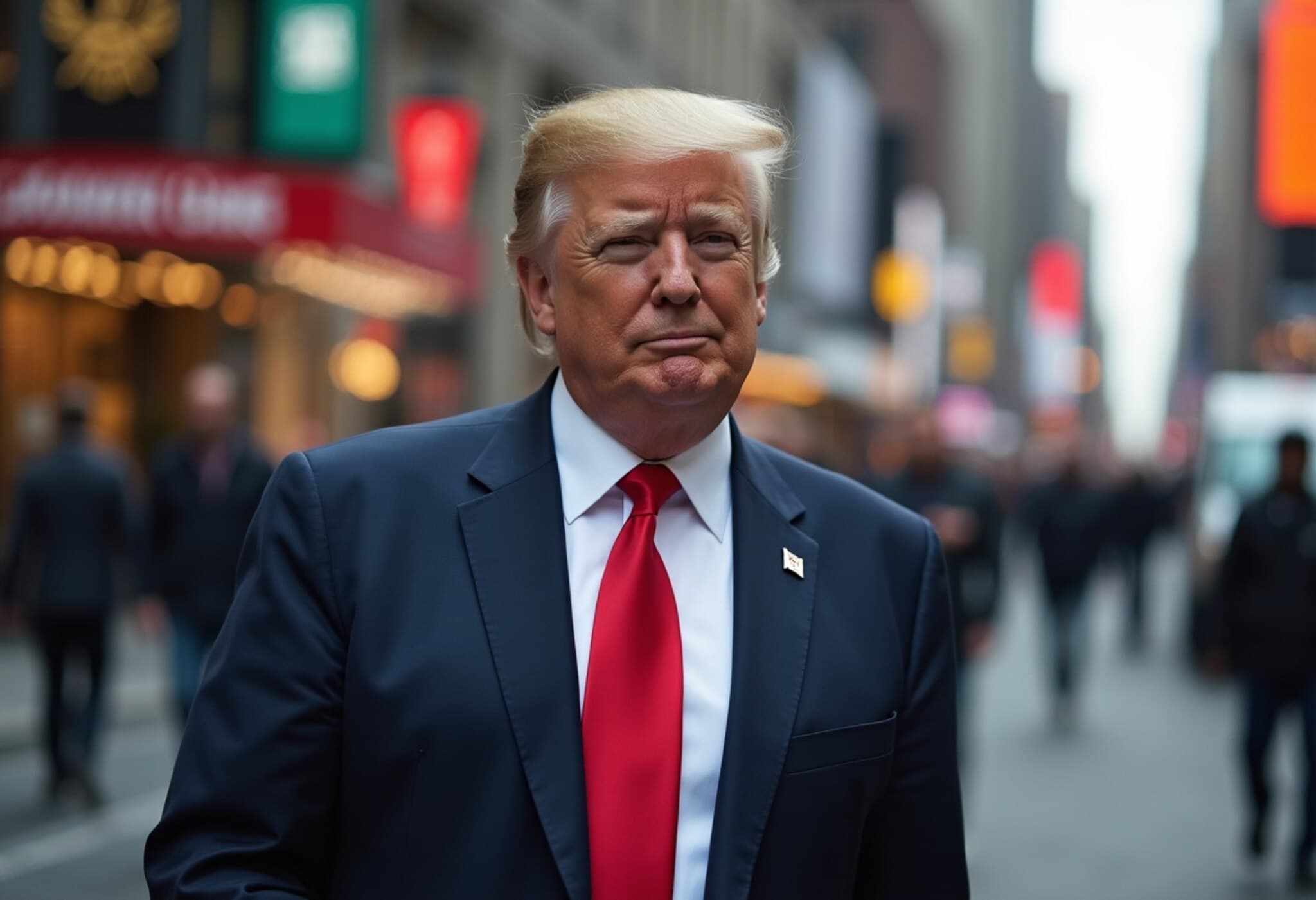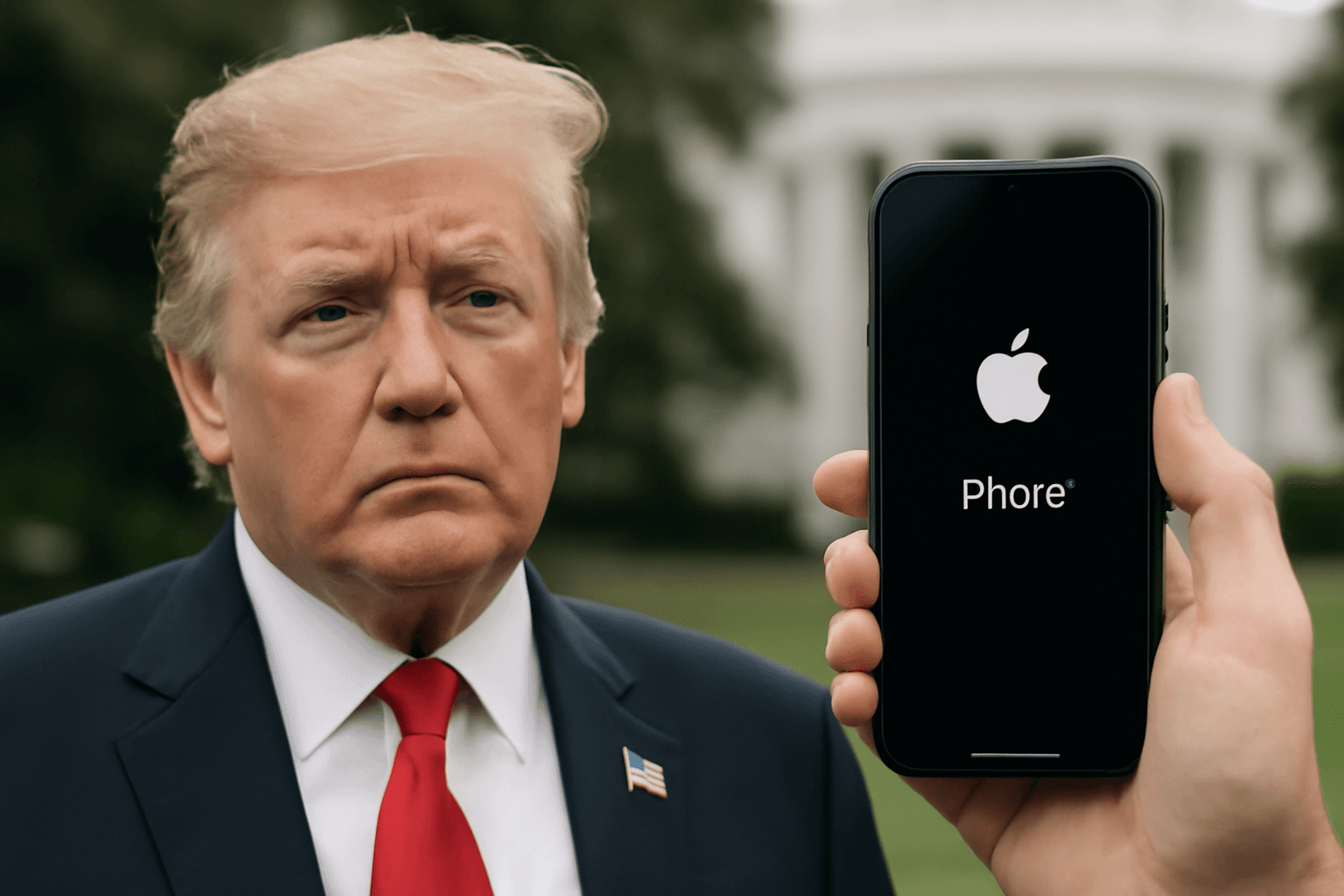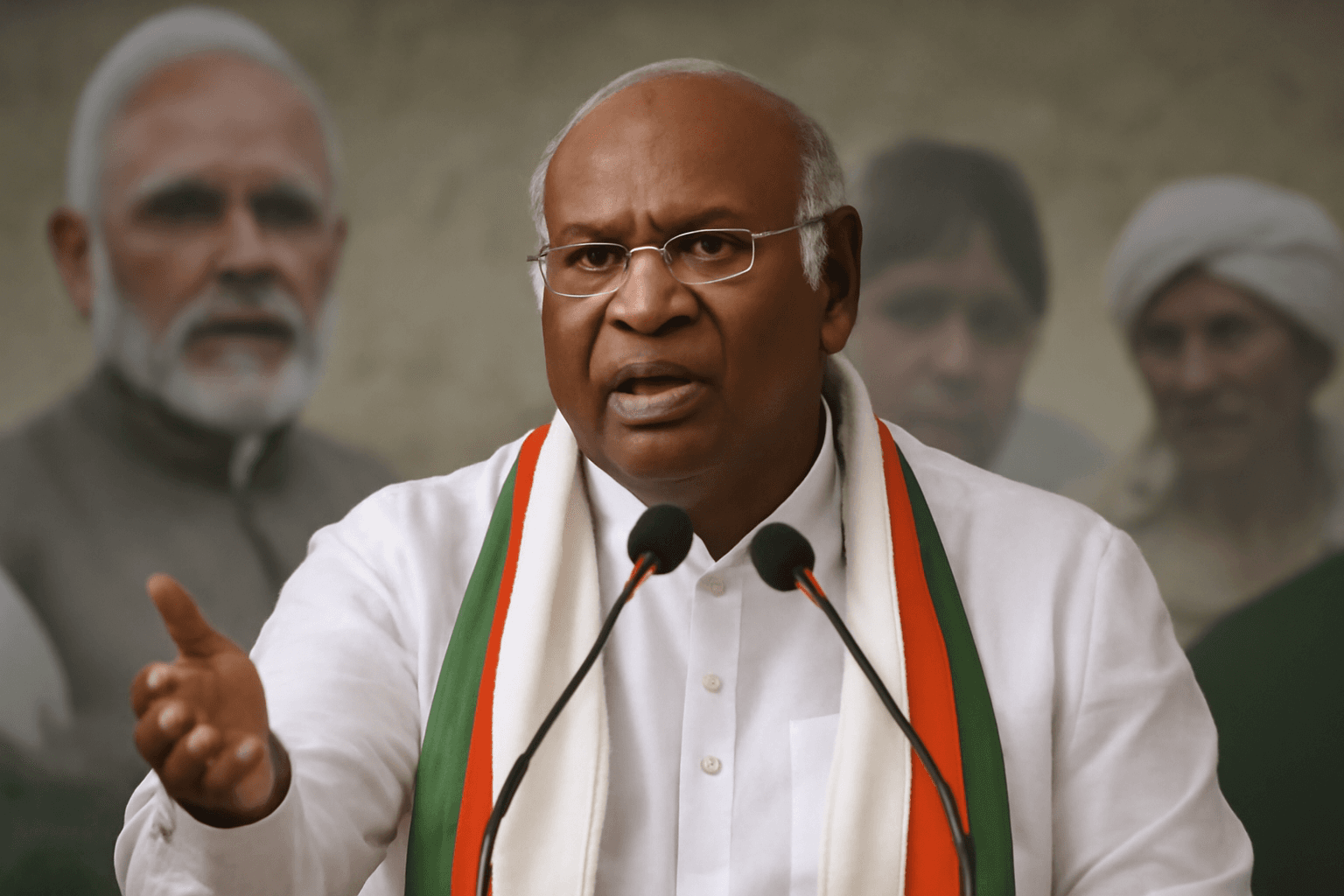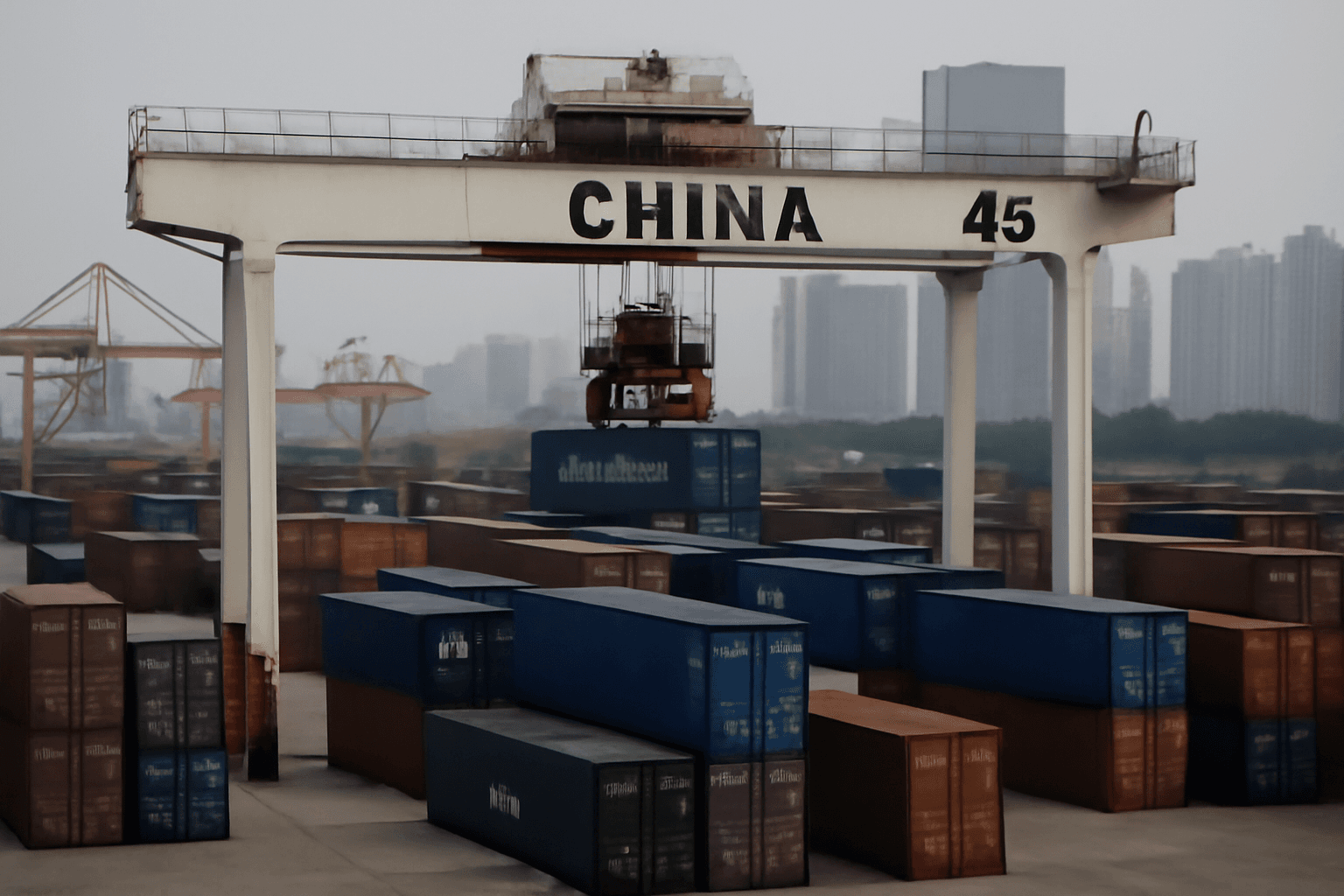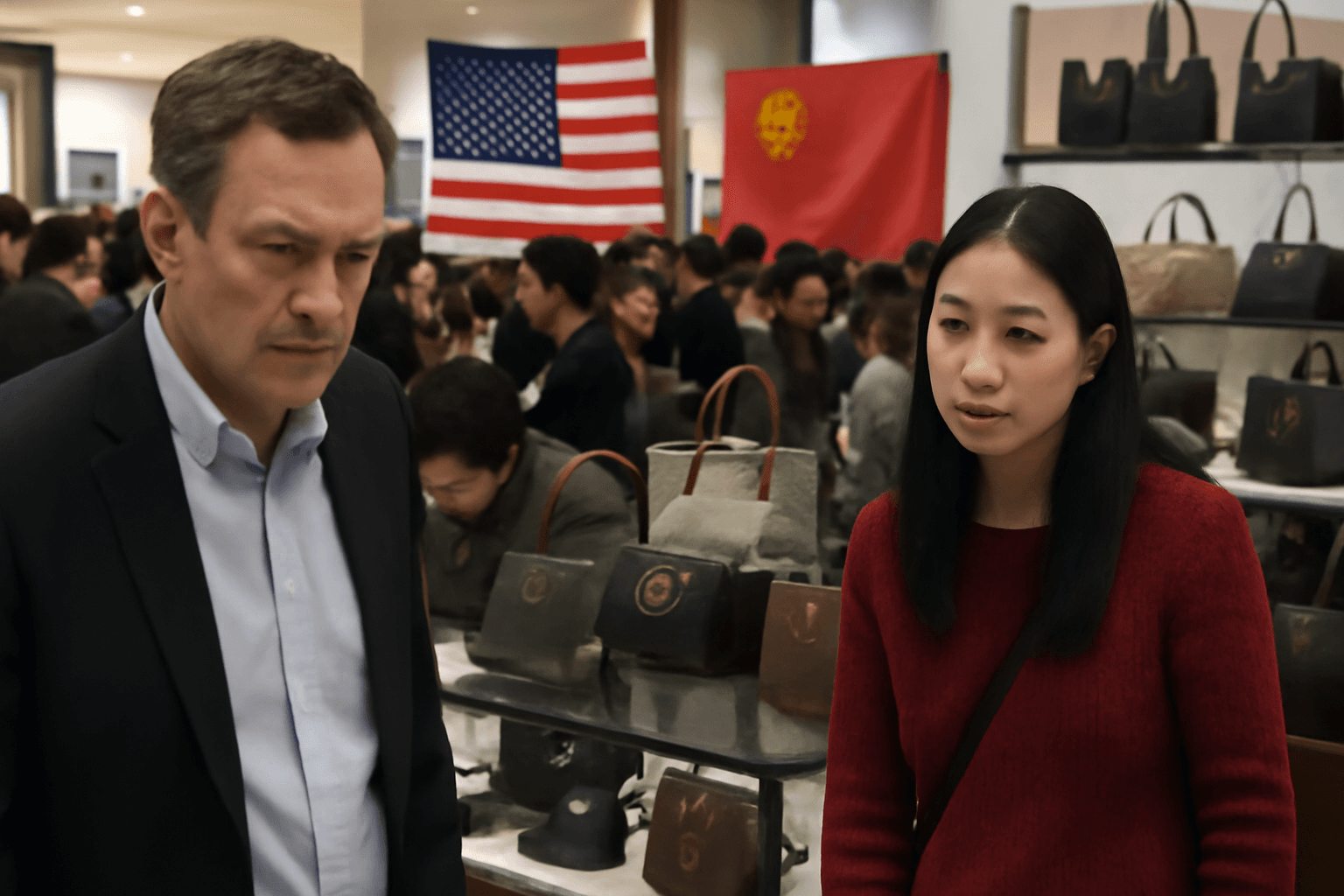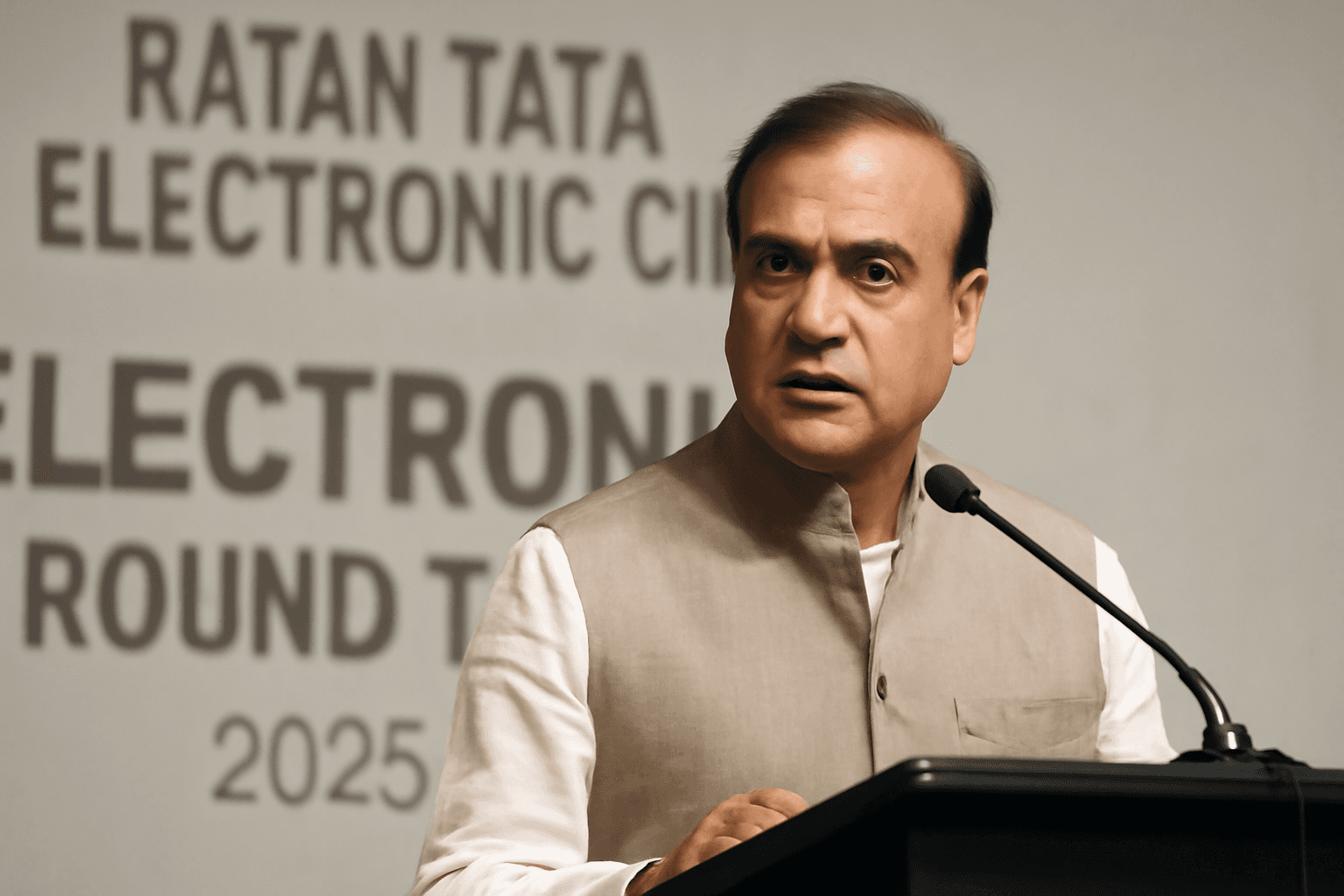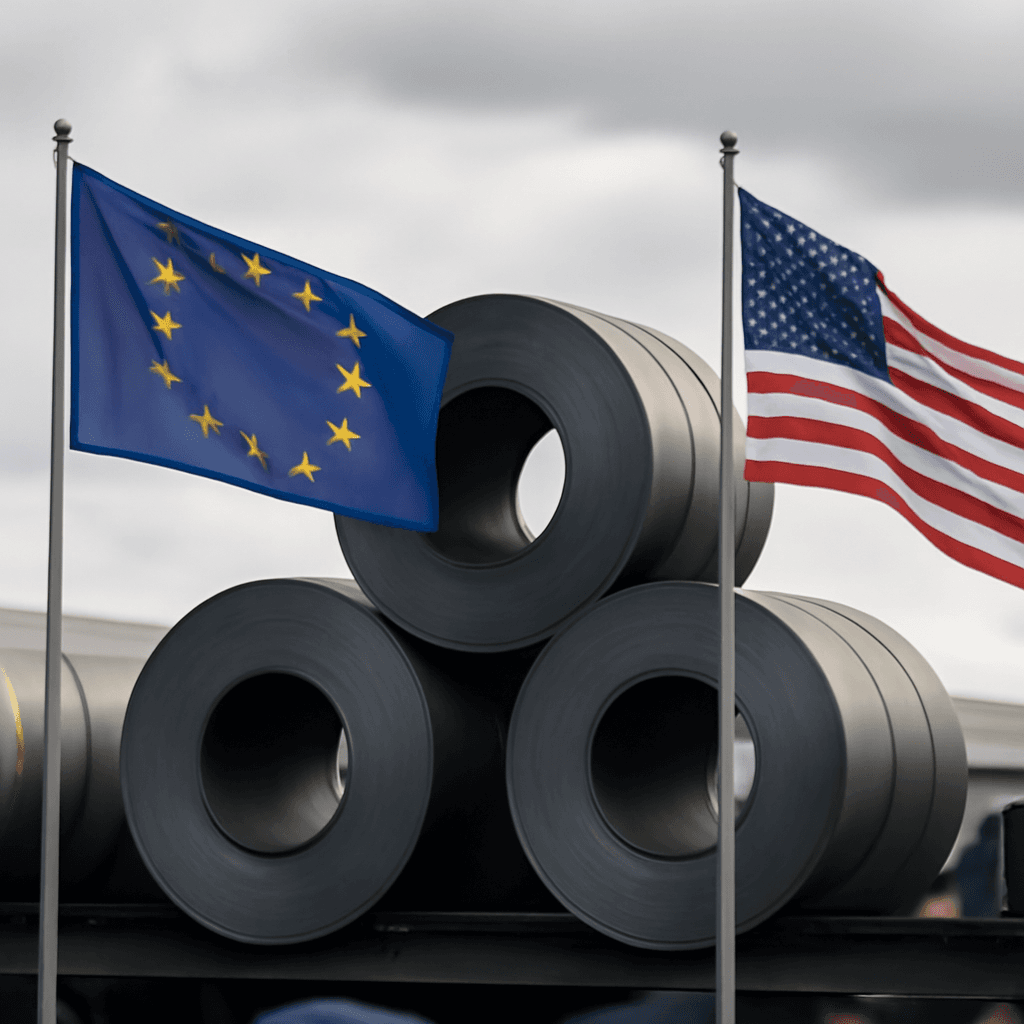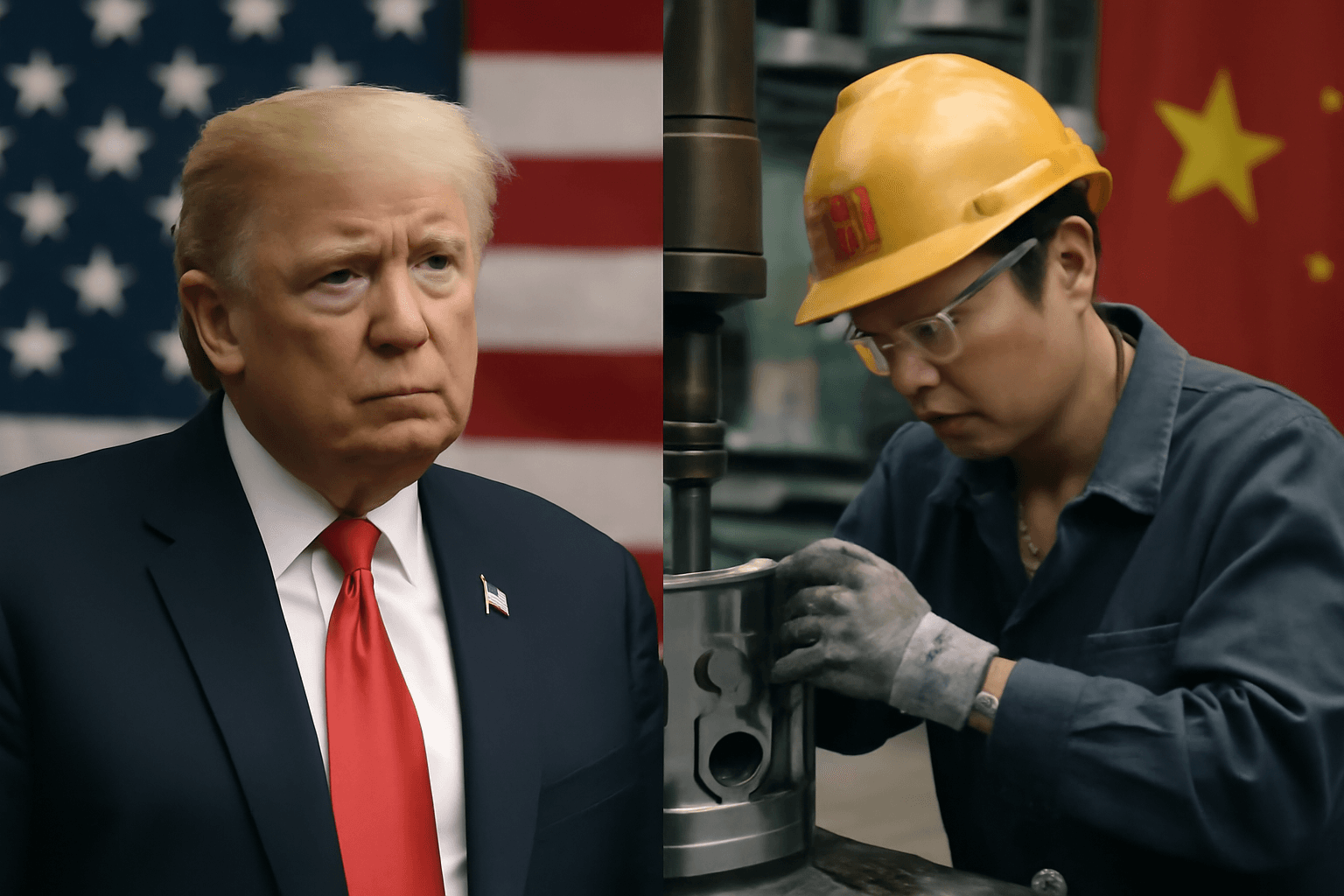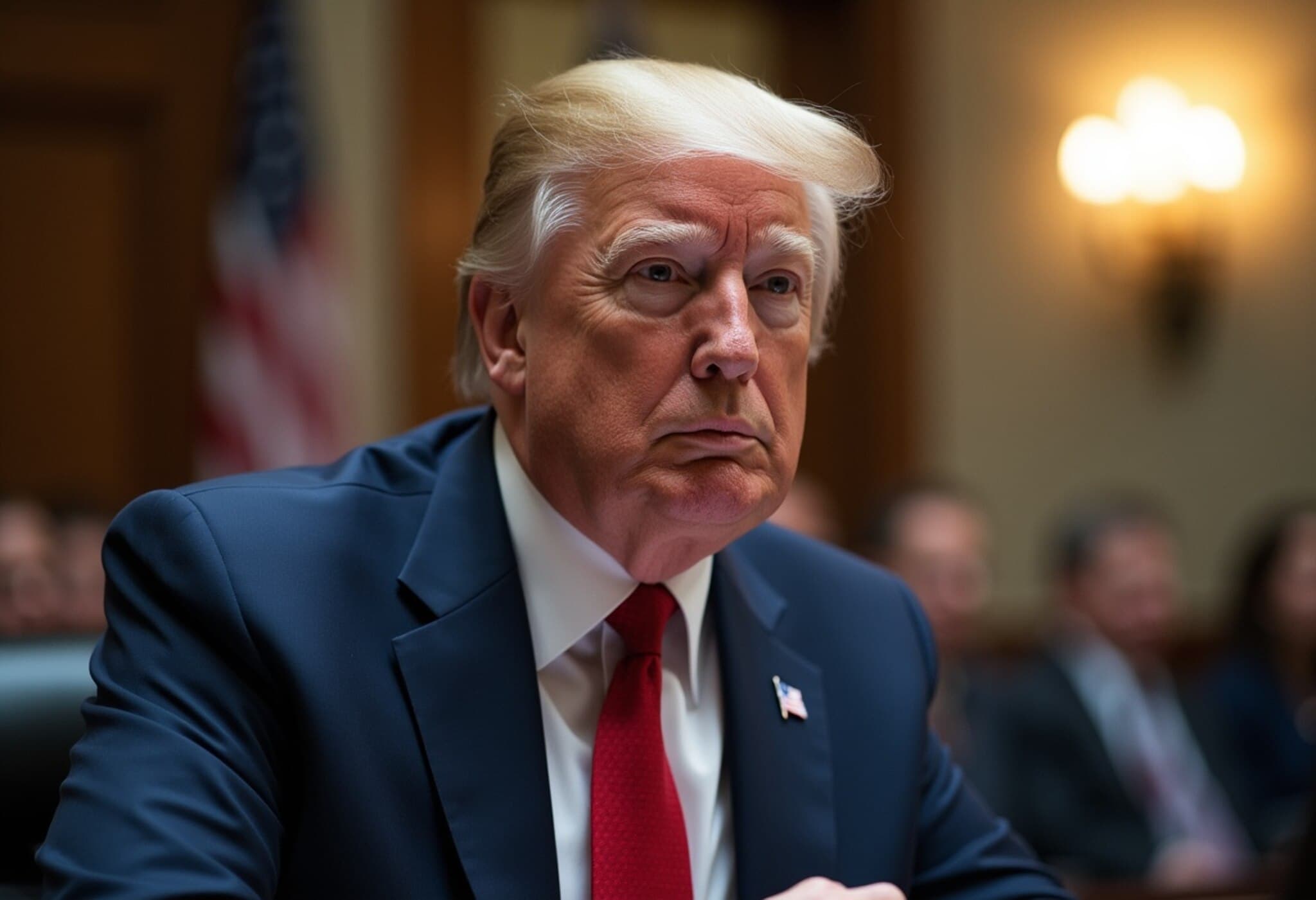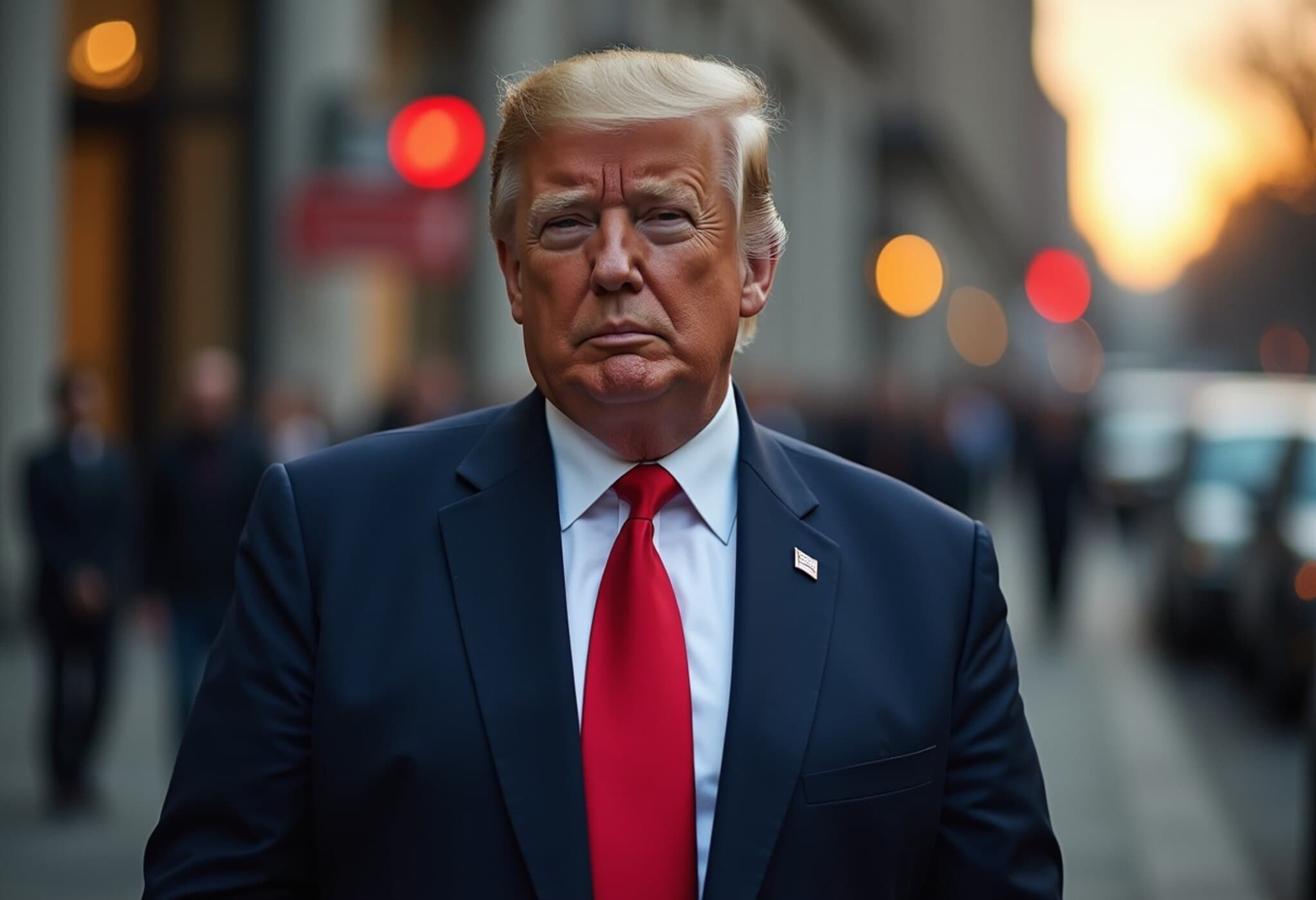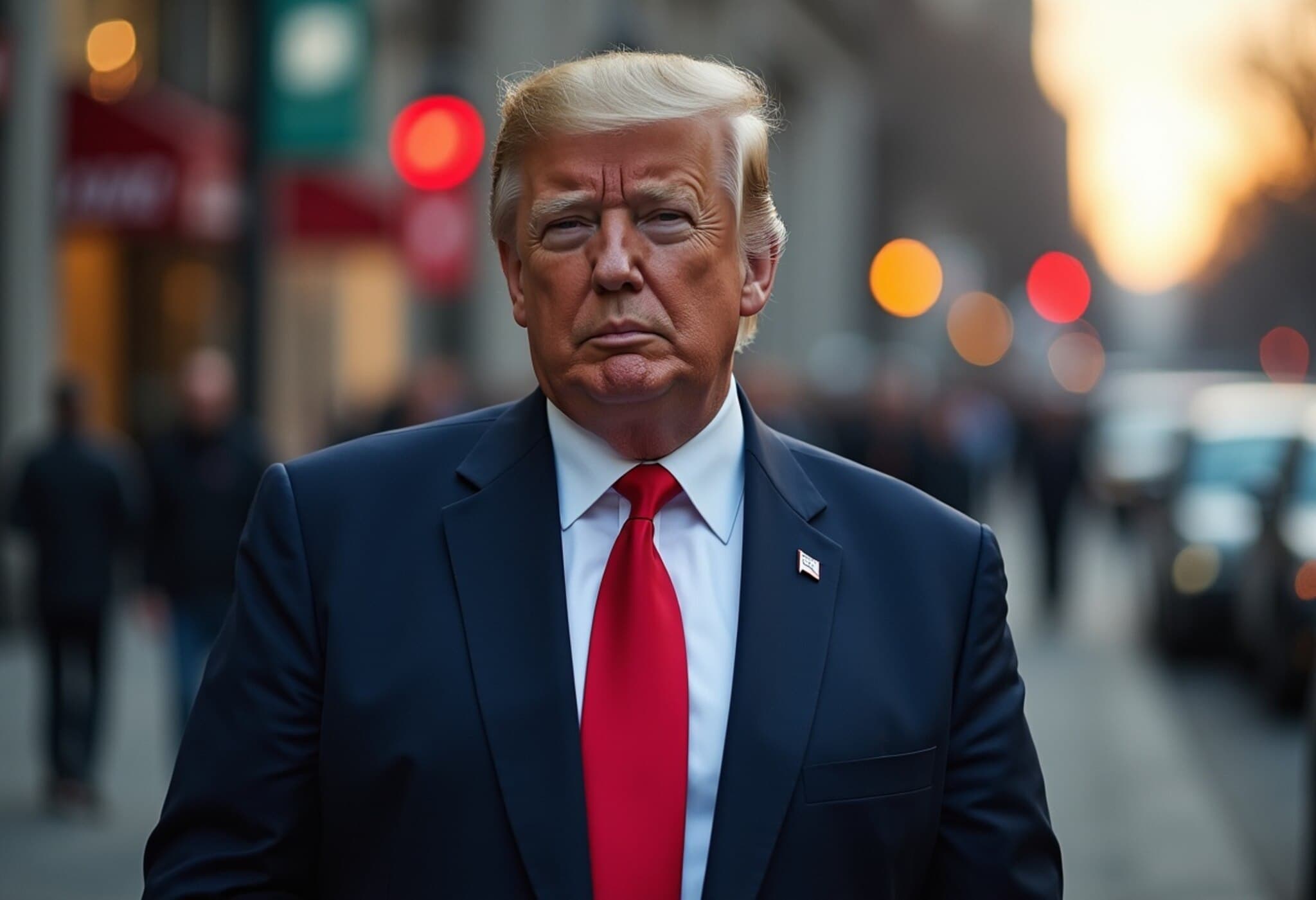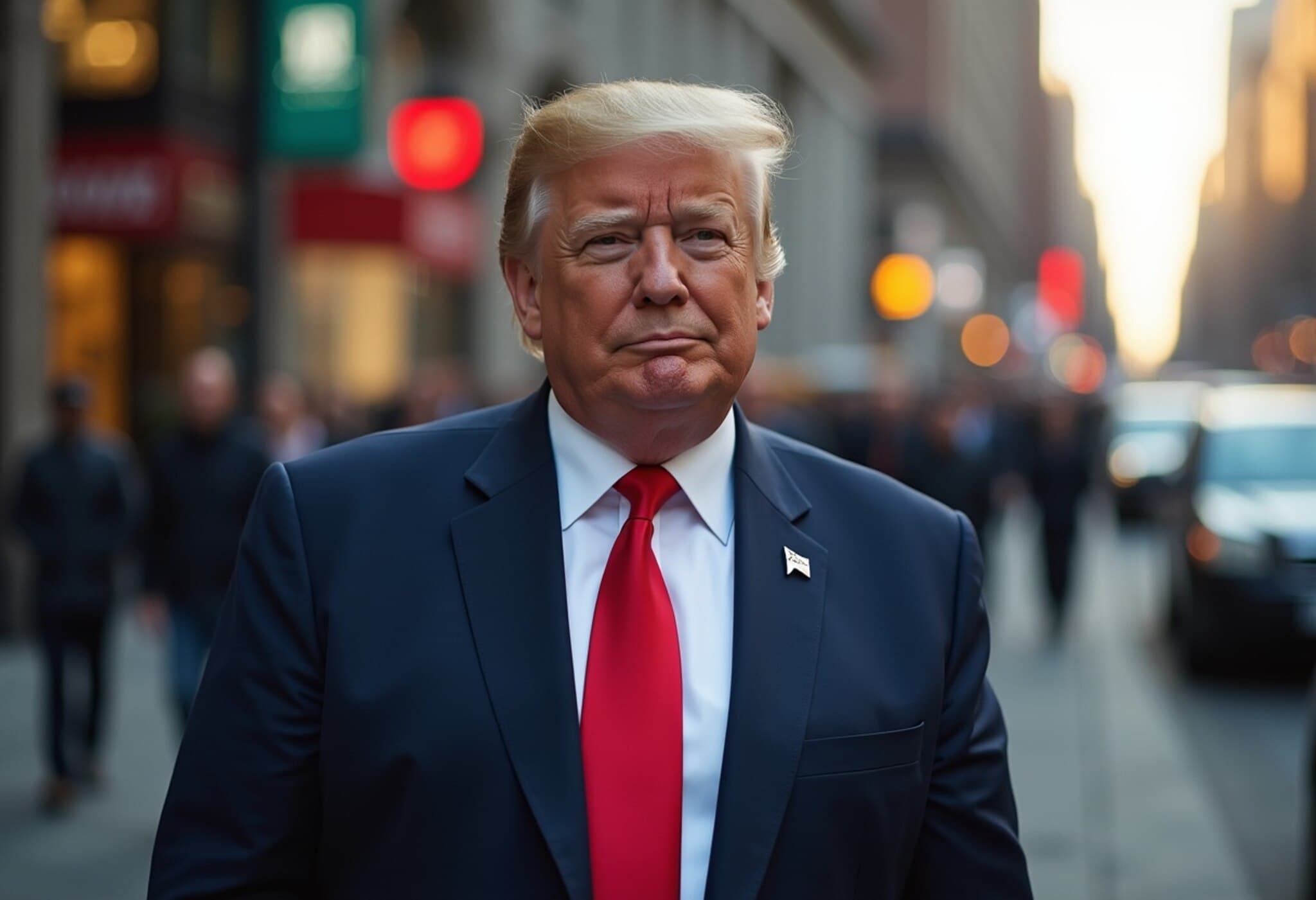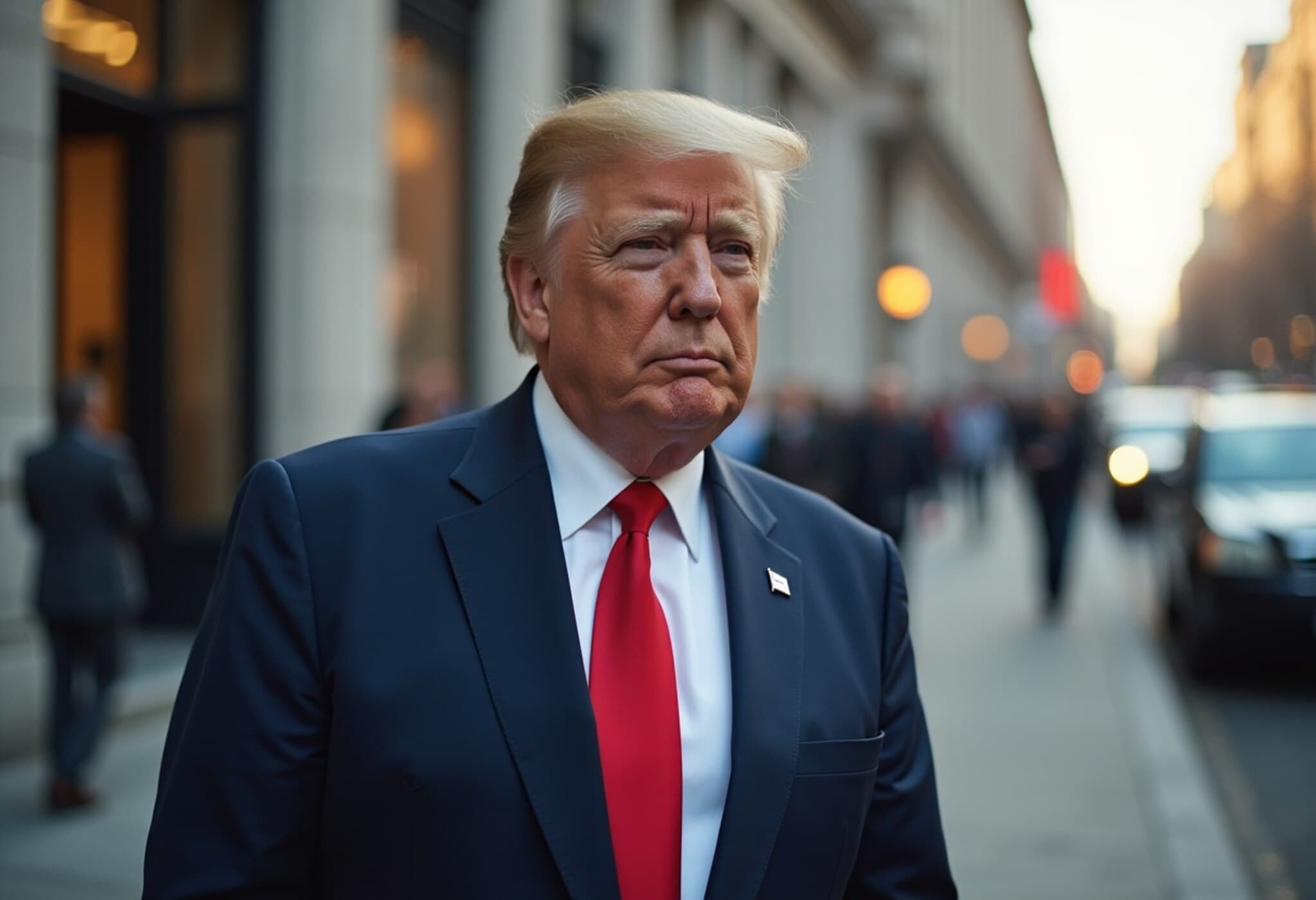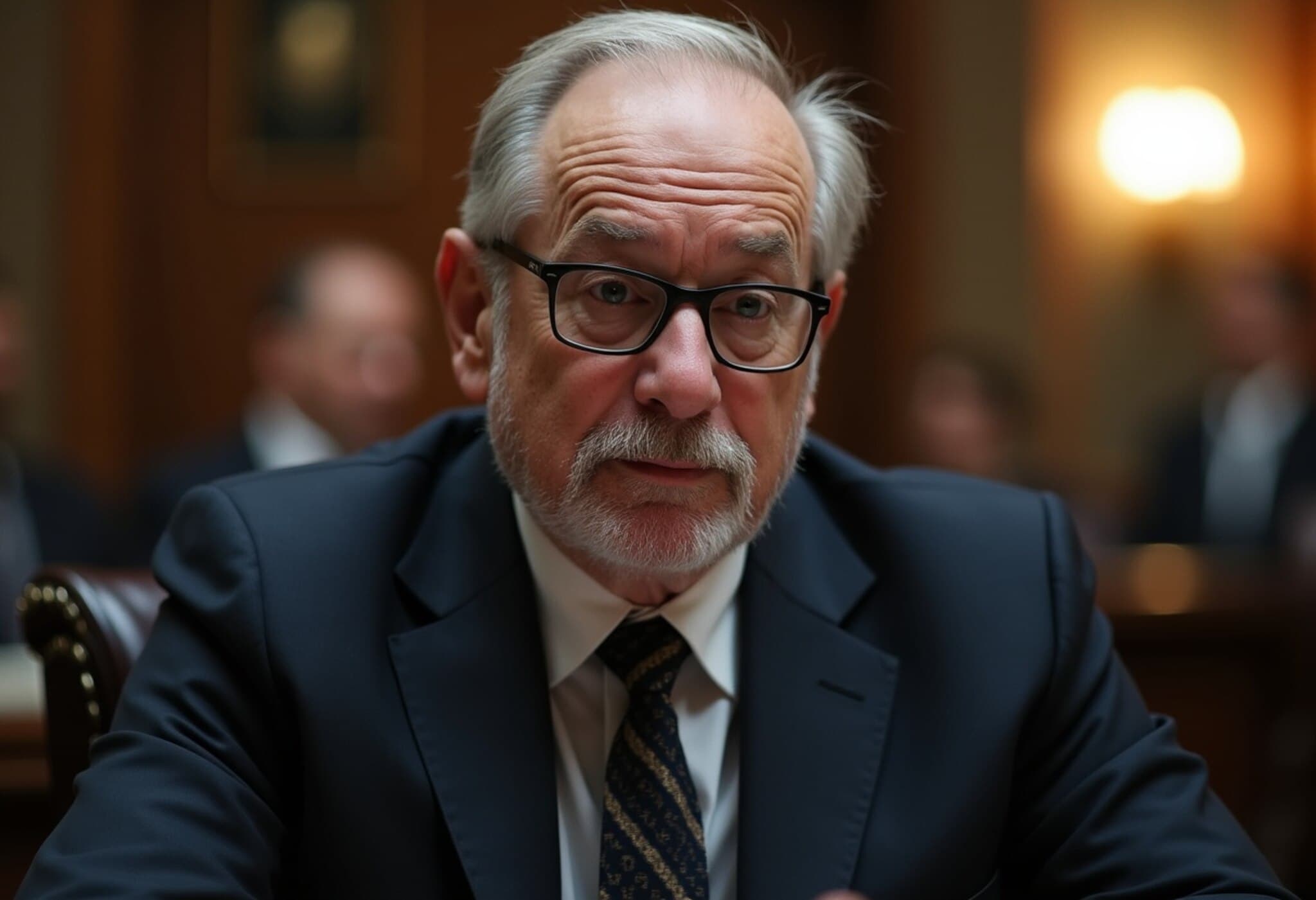Goldman Sachs and Wall Street Brace for Rising Tariff-Inflation Impact
As President Donald Trump publicly criticized Goldman Sachs for forecasting increased consumer inflation driven by tariffs, many leading economists on Wall Street continue to sound the alarm. The consensus is clear: although inflation gains won’t be runaway, the coming months will see a notable rise in prices as the effects of tariffs take deeper hold in the U.S. economy.
Goldman Sachs’ forecast predicting stronger inflation through the end of 2025 sparked a sharp rebuttal from Trump, who suggested top executives reconsider their economic teams. Yet this perspective is far from isolated. Senior economists from JPMorgan Chase, UBS, BNP Paribas, and others align on the outlook that effective tariffs—now around 18%, up from roughly 3% early in the year—are poised to increase costs significantly for American consumers.
The Unfolding Inflation Picture: What to Expect
After years of falling core inflation, the tide appears to be turning. Economists note that higher import tariffs, combined with companies’ reduced willingness to absorb costs, are filtering through retail prices. UBS Senior Economist Brian Rose articulates it well: while higher shelter costs may ease some pressure and consumers' stretched budgets will limit pass-through, inflation is expected to gradually climb.
- Most forecasts anticipate monthly inflation increases of 0.3% to 0.5%.
- Such increments could lift the Federal Reserve’s preferred core inflation metric into the low- to mid-3% range, above the Fed’s 2% target.
- GDP growth may be restrained, with JPMorgan estimating tariffs could subtract just under 1% from annual output, largely through diminished consumer spending.
Despite this climb, the inflation surge is expected to be moderate rather than drastic. Economists largely believe the Federal Reserve will hold off on interest rate hikes throughout 2025, anticipating the inflationary pressures to be temporary. This suggests the Fed’s policy path remains accommodative, rooted in the idea that tariff-driven inflation bumps won’t derail broader economic recovery.
Critical Dates and Regional Concerns
A key event looming on the horizon is the expiration of the tariff exemption on August 29 for goods valued under $800. This exemption had allowed many consumer items—particularly retail goods—to enter the U.S. duty-free. Its lapse will likely intensify price pressures on everyday retail products, causing broader ripple effects across households.
Pantheon Macroeconomics projects that only a quarter of the tariff-related inflation has reached consumers to date, signaling more price increases to come, with core inflation potentially hitting 3.5% by year-end. BNP Paribas echoes concerns that price pressures may spill beyond goods and into services, a critical factor given services inflation’s history of being ‘sticky’ and harder for policymakers to tame.
Inflation Stickiness: The Fed's Biggest Challenge
One of the more underappreciated issues is the persistence of inflation in service sectors such as rent, dining, insurance, and household services. The Cleveland Fed’s sticky-price inflation measure recently hit a three-month annualized rate of 3.8%, the highest since May 2024, highlighting entrenched price rises outside goods alone.
PNC Chief Economist Gus Faucher points out that tariff-related price increases are poised to push core personal consumption expenditures (PCE) inflation even further above the Federal Reserve’s target. This nuanced inflation environment could complicate the Fed’s monetary decisions. While a softer labor market might justify easier policy, stubborn inflation levels could make policymakers more cautious about rate reductions.
Expert Insights: Why This Matters
This evolving economic narrative underscores the complex balancing act for the Federal Reserve and policymakers. Inflation driven by tariffs is not just a number—it affects real families making decisions at grocery stores, car dealerships, and everyday services. The decision to sustain or adjust monetary policy depends heavily on inflation’s trajectory and its impact on economic growth.
Moreover, the political tensions surrounding tariff policies and economic forecasts add another layer of uncertainty. The clash between Trump and Goldman Sachs illustrates the broader challenge in public discourse: reconciling political messaging with economic realities.
Key Takeaways:
- Tariff-induced inflation is expected to rise moderately but significantly, impacting consumer budgets.
- Fed policy likely to remain accommodative but challenged by inflation persistence in services.
- Expiration of tariff exemptions on sub-$800 goods could accelerate price growth in retail.
- Economic growth faces headwinds from higher inflation and reduced consumer spending.
Editor’s Note
As tariffs reshape the inflation landscape in 2025, consumers and policymakers alike face critical choices. Will the Federal Reserve’s patience pay off in balancing growth and inflation? How will American households adapt as everyday prices rise? This underlines the importance of nuanced economic analysis and measured policy responses amid evolving trade dynamics. For Americans navigating their budgets, understanding these forces means preparing for a subtle yet impactful shift in inflation—and what it might mean for the broader economy.

